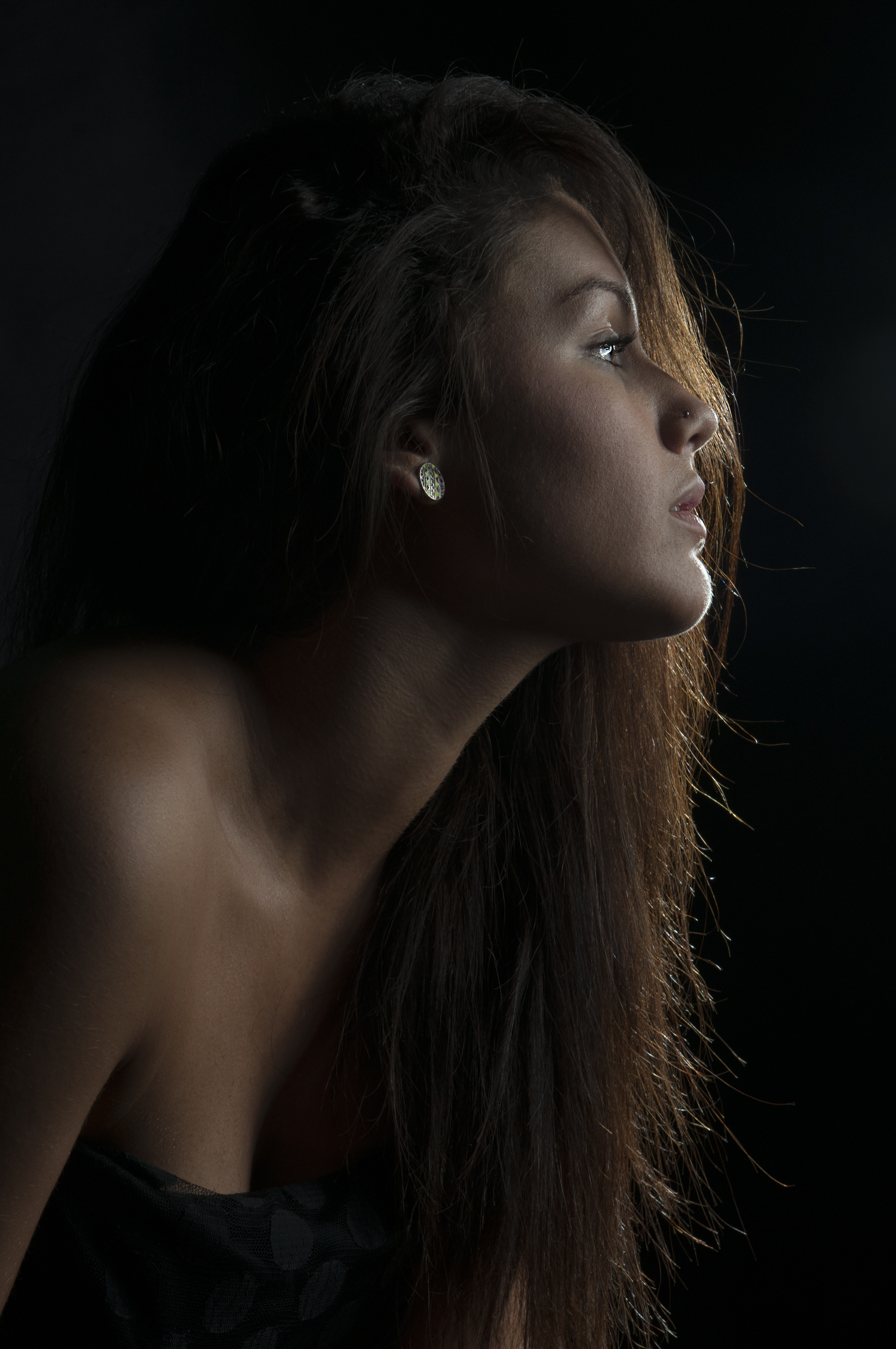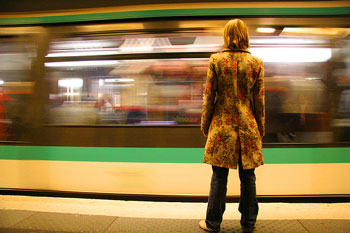- The advantages of studio photography is that you're indoors whilst taking your photos, this means the weather will not effect your shoots in any of way form. For example, rain, wind, etc.
- Another advantage would be that you can control the lighting by manipulating the lighting to how you like it. For example, you might want the lighting bright or slightly dull.
- Also, by being in the studio you wouldn't need to go to different locations to take your photo. So this means by travel wise, it's a lot easier and time consuming.
Disadvantages -
- The disadvantages of studio photography might be the lighting. For example, you might need or want a more 'natural' kind of light whilst doing your shoots to give it that extra effect instead of studio lighting.
- Another disadvantage could be that your studio is quite small so you'll need extra space to deliver your shoots instead of everything be cramped together in one tiny area.
- Also, a disadvantage of working in the studio could be the item or person you are photographing. For example, still-life, fashion, etc. This might mean for example, if you're shooting and shooting 'fashion', you might want the model to be in a different location whilst modelling the clothes, hair, make up, rather than going for the studio kind of 'look' and want a more 'flawless' outside look, etc.

















